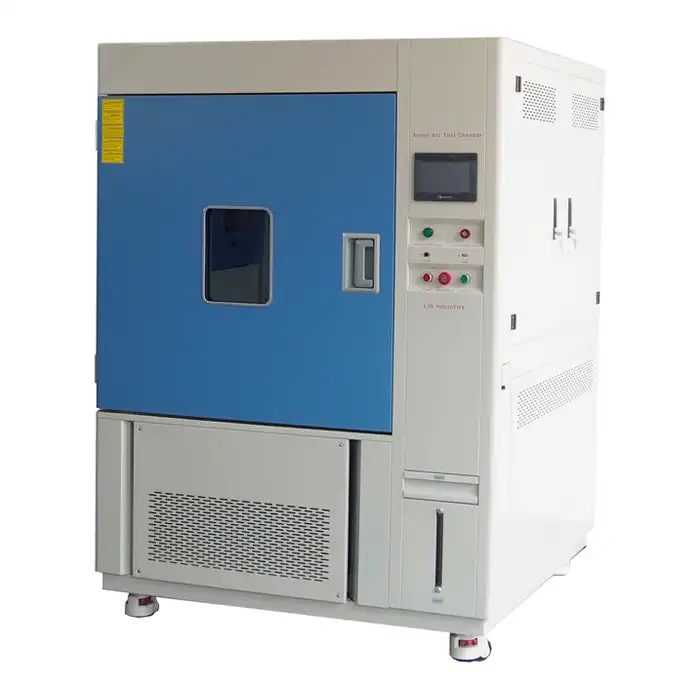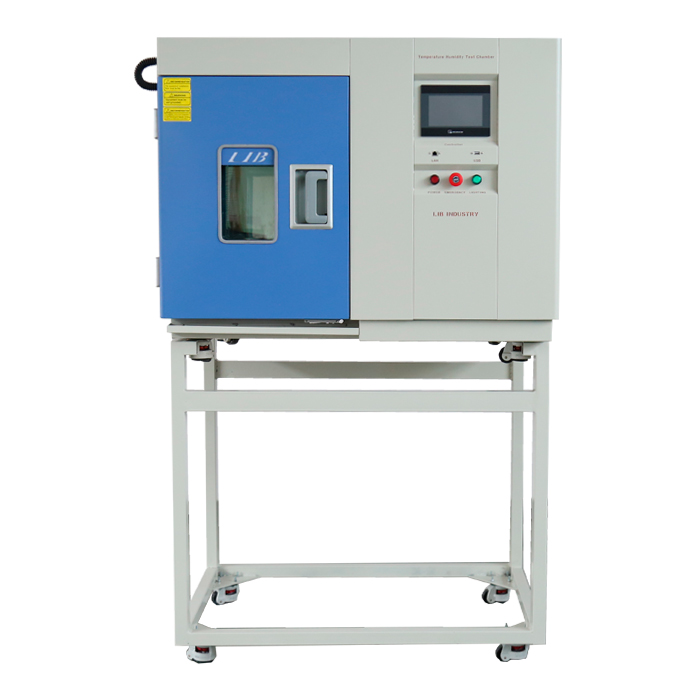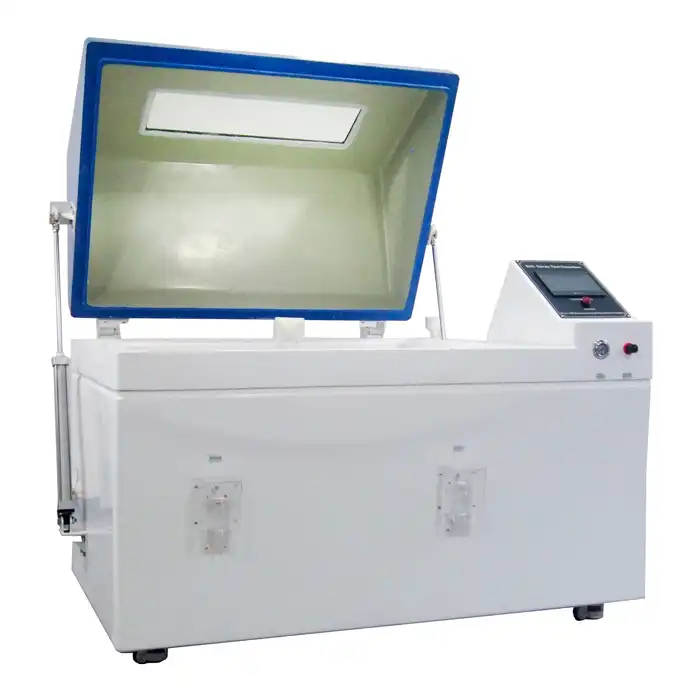What is a dust chamber?
In the world of environmental testing, dust chambers play a crucial role in evaluating the resilience of products against particulate matter. These specialized enclosures, also known as dust ingress test chambers, simulate harsh, dusty environments to assess how well various items can withstand exposure to fine particles. Let's delve deeper into the world of dust chambers and explore their significance in modern manufacturing and product development.
Understanding Dust Chambers
The Purpose of Dust Chambers
The main role of a dust chamber is to establish a controlled climate that copies the dusty circumstances items could look during their lifecycle. Product malfunctions, decreased performance, or even complete failure can result from dust particles accumulating in sensitive areas. For instance, in the auto business, residue can influence the presentation of electrical parts, sensors, and air filtration frameworks. Dust can cause overheating or short circuits in electronic devices by interfering with their operation. As a result, testing in a dust chamber enables manufacturers to refine designs and enhance product robustness before they reach the market by identifying potential flaws in their products.
Components of a Dust Chamber
A dust ingress test chamber commonly contains a few fundamental parts that cooperate to establish a practical testing climate. The principal walled in area is frequently produced using consumption safe materials, like treated steel, to guarantee life span and unwavering quality. Inside the chamber, a residue scattering framework is utilized to disseminate dust particles all through the climate equally. This framework might incorporate fans, spouts, or different components intended to keep the residue in suspension, permitting it to enter everywhere of the item being tried. Natural controls, including temperature and dampness guideline, are vital for repeating explicit genuine circumstances, as these variables can essentially influence how residue connects with an item. For instance, high mugginess can make dust particles stick all the more promptly to surfaces, fueling expected issues. Filtration frameworks are additionally set up to keep up with air quality inside the chamber and keep defilement from outer sources. Perception windows and inward lighting permit specialists to screen the testing system, guaranteeing that the test conditions stay predictable and precise.
Types of Dust Used in Testing
The types of dust used in testing vary depending on the intended application and the specific standards being followed. Different dust types simulate various environmental conditions, each presenting unique challenges for the product being tested. For instance, talc is often used to represent fine dust that can infiltrate small openings in electronic devices. Quartz dust, known for its abrasive properties, is used to test the wear and tear on surfaces and components in more rugged environments. Arizona road dust, a blend of natural materials, is commonly used to simulate the conditions found in desert regions, where dust storms and dry conditions prevail. By exposing products to these different types of dust, manufacturers can gain valuable insights into how their products will perform in specific environments, allowing them to tailor their designs for maximum durability and reliability.
Applications of Dust Chambers
Automotive Industry
In the automotive sector, dust ingress test chambers are invaluable for assessing the performance of vehicle components. From air filters and seals to electrical systems, these tests ensure that cars can withstand dusty conditions without compromising functionality or safety. Manufacturers use dust chambers to evaluate everything from engine parts to infotainment systems, ensuring that vehicles can handle diverse environmental challenges.
Electronics and Consumer Goods
Electronic devices, especially those designed for outdoor use, must undergo rigorous dust testing. Smartphones, tablets, and wearable technology are often subjected to dust chamber tests to ensure their resistance to particle infiltration. This testing helps manufacturers develop products that can withstand everyday exposure to dust and maintain their performance over time.
Military and Aerospace Applications
In military and aerospace industries, equipment reliability is paramount. Dust chambers play a critical role in testing the durability of communication devices, navigation systems, and other crucial equipment. These tests help ensure that military hardware and aerospace components can function effectively in challenging environments, from desert warfare scenarios to space exploration missions.
The Importance of Dust Chamber Testing
Ensuring Product Quality and Reliability
Dust ingress test chamber testing is essential for maintaining high standards of product quality and reliability. By subjecting items to controlled dust exposure, manufacturers can identify potential weaknesses in their designs and make necessary improvements. This proactive approach helps prevent product failures in the field, enhancing customer satisfaction and brand reputation.
Compliance with Industry Standards
Many industries have specific standards and regulations regarding dust resistance. Dust ingress test chambers help manufacturers ensure their products meet or exceed these requirements. For example, the IP (Ingress Protection) rating system includes specifications for dust resistance, and dust chamber testing is crucial for achieving the appropriate certifications.
Cost Savings and Risk Mitigation
While investing in dust chamber testing may seem like an additional expense, it can lead to significant cost savings in the long run. By identifying and addressing potential issues early in the development process, companies can avoid costly recalls, warranty claims, and reputation damage. Dust chamber testing serves as a form of risk mitigation, helping businesses protect their investments and maintain customer trust.
Conclusion
In conclusion, dust chambers are indispensable tools in the world of environmental testing. These specialized facilities allow manufacturers to simulate challenging dusty conditions and evaluate how their products perform under stress. From automotive components to consumer electronics, the insights gained from dust ingress test chambers contribute to the development of more durable, reliable, and high-quality products. As our world continues to evolve, the role of dust chambers in ensuring product performance and safety will only grow in importance.
If you want to get more information about Dust Ingress Test Chamber or other environmental testing solutions, you can contact us at info@libtestchamber.com.
References
1. Smith, J. (2020). "Dust Chamber Testing: A Comprehensive Guide for Manufacturers." Journal of Environmental Testing, 45(3), 112-128.
2. Johnson, A., & Brown, L. (2019). "Advancements in Dust Ingress Test Chamber Technology." International Conference on Product Reliability and Safety, 234-249.
3. Lee, S., et al. (2021). "Comparative Analysis of Dust Chamber Testing Methods for Automotive Components." Automotive Engineering Quarterly, 67(2), 78-95.
4. Rodriguez, M. (2018). "The Impact of Dust Chamber Testing on Consumer Electronics Design." Journal of Product Innovation Management, 33(4), 301-317.
5. Thompson, R., & Davis, K. (2022). "Military-Grade Dust Resistance: Insights from Advanced Dust Chamber Testing." Defense Technology Review, 56(1), 45-62.
6. White, E. (2023). "Dust Chambers and Their Role in Aerospace Component Validation." Journal of Aerospace Engineering and Testing, 89(3), 178-195.



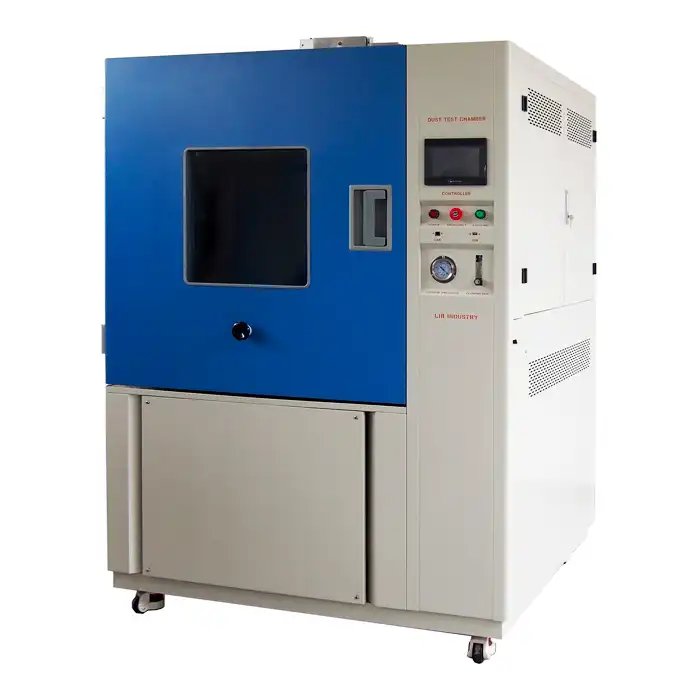

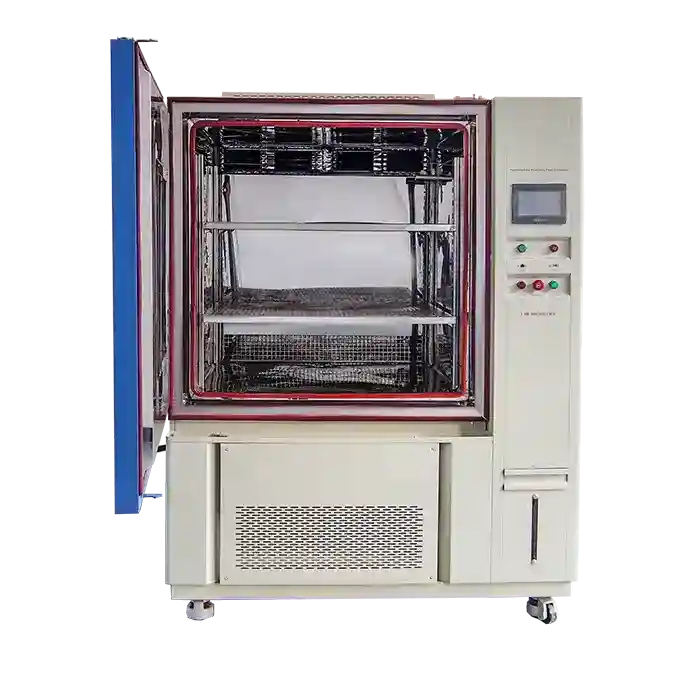
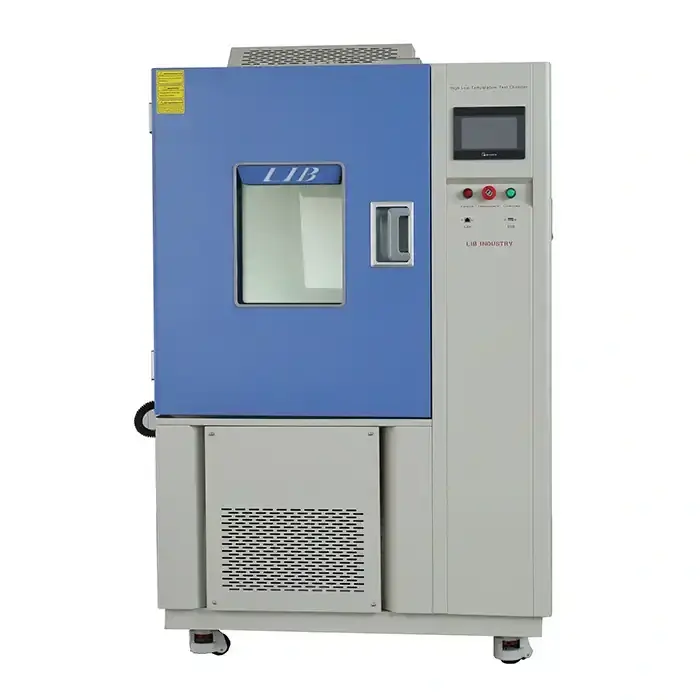
.webp)
